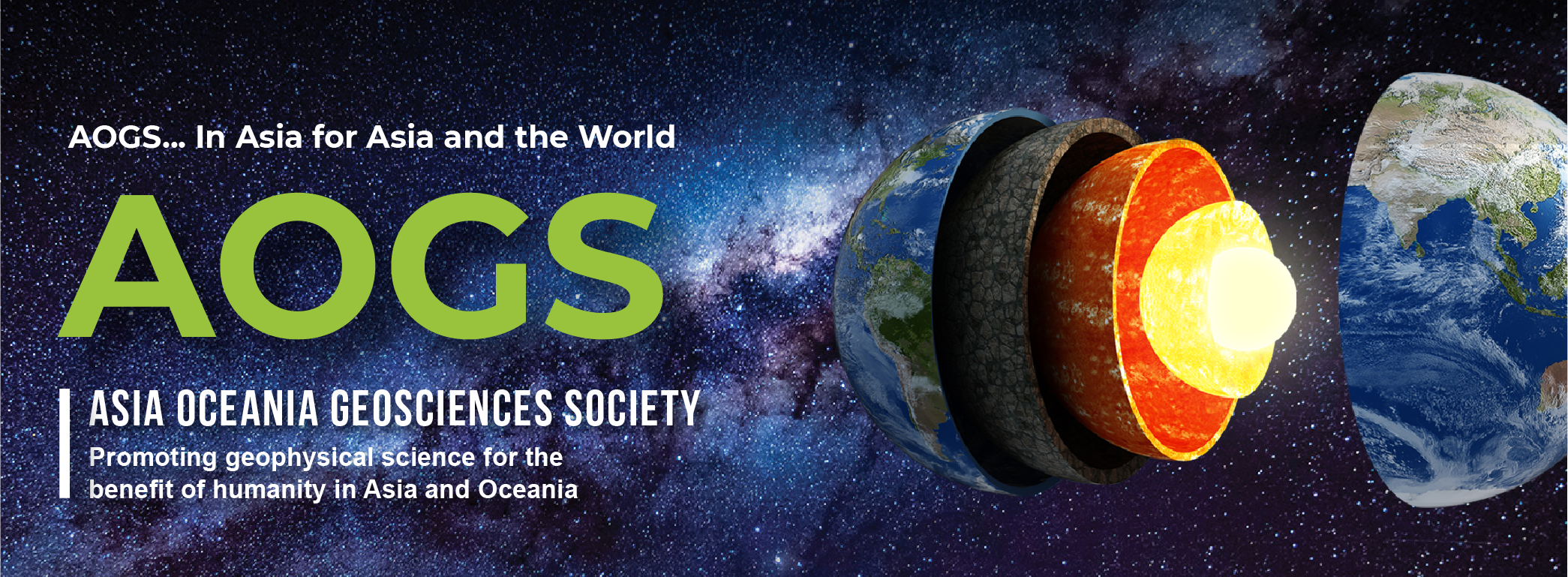
AOGS Kamide Lecture Award Recipient

2018-2019, Hydrological Sciences
Dr Wei GONG
Biography
Dr. Wei Gong received his Bachelor and Ph.D. degrees in hydraulic engineering from the Department of Hydraulic Engineering at Tsinghua University and is currently a lecturer in the Faculty of Geographical Science at Beijing Normal University. His main research interest is on the development of uncertainty quantification methods and their applications to large-scale hydrological and climatic modeling. Dr. Gong has developed a series of optimization methods specifically suited for large complex geophysical models. He is a key contributor to the Adaptive Surrogate Modeling-based Optimization (ASMO) method, and is the developer for the Multi-Objective ASMO (MO-ASMO) method and the ASMO Parameter Optimization and Distribution Estimation (ASMO-PODE) method. Those meta-model based methods have been demonstrated to be as effective as, but significantly more efficient than currently available conventional optimization methods such as NSGA-II and MCMC-Metropolis methods, as they can dramatically reduce the computational demand as required by large complex models such as distributed hydrological models, land surface models, numerical weather prediction models and Earth system models. Dr. Gong has so far published 29 peer reviewed papers and received 740 citations. He won the 2018 Best Paper Award from the Journal of Environmental Informatics for his work on the Intercomparison study of Design-of-Experiment (DoE) methods for large geophysical modeling applications.
Abstract
"Surrogate Modeling-based Optimization Methods for Large Complex Dynamical Geoscience Models"
Dynamical geoscience models, including but not limited to hydrology and land surface models, atmospheric models, ocean models and Earth system models, are plagued by various uncertainties arising from the chaotic nature of the underlying dynamic system, the observational error, and a lack of knowledge about the physical/chemical/biological processes and their complex interactions. One key source of uncertainties comes from the empirical parameterization schemes used to describe the processes occurring at sub-grid scale, such as surface and subsurface hydrological processes, and the physical processes related to turbulent exchange between land surface and atmosphere, clouds and convection. Those parameterization schemes contain a large number of empirical parameters (i.e., constants and exponents in model equations) that must be tuned to make sure that model simulations are consistent with the corresponding observational data. This tuning process can be a time-consuming process and an extremely difficult challenge to model users.
Here we present a framework specifically designed to automatically optimize the parameters and to quantify the associated parametric uncertainty of large complex geoscience models. Our framework consists of three major steps: (1) uniform sampling of parameter space, (2) parameter screening based on global sensitivity analysis, and (3) surrogate modeling-based optimization and uncertainty quantification of model parameters. We have integrated within our framework many widely used methods to perform parameter sampling and to conduct sensitivity analysis. We have also implemented numerous machine learning methods to build a series of surrogate model-based optimization methods, including: (1) the single objective optimization method ASMO (Adaptive Surrogate Modeling-based Optimization); (2) the multi-objective optimization method MO-ASMO (Multi-Objective Adaptive Surrogate Modeling-based Optimization); and (3) the parameter optimization and probability distribution estimation method ASMO-PODE (Adaptive Surrogate Modeling-based Optimization - Parameter Optimization and Distribution Estimation). In this talk, we briefly introduce the framework first. We then present several examples to demonstrate the advantages of our methods as compared to currently used popular optimization methods such as SCE-UA, NSGA-II and MCMC-Metropolis methods. A variety of geoscience models, from a simple hydrological model (e.g., SAC-SMA), to more complex land surface models (e.g., CoLM, CLM and Noah-MP), and finally to a computationally demanding numerical weather prediction model (e.g., WRF) and an Earth system model of intermediate complexity (e.g., LOVECLIM), were used to illustrate the effectiveness and efficiency of our framework.
